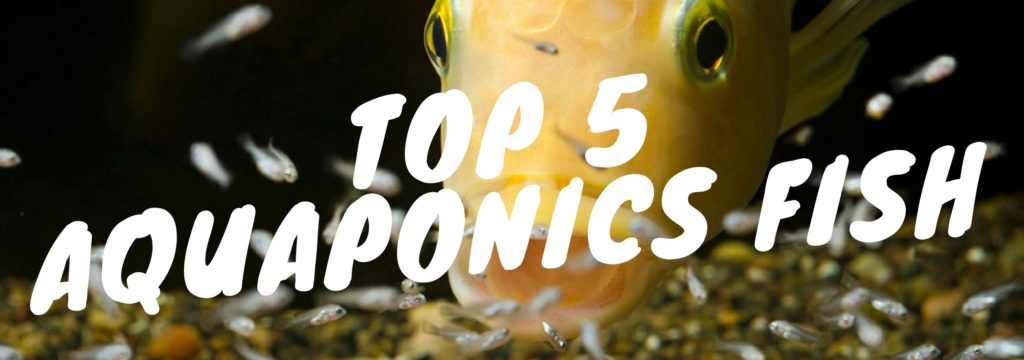The Top 5 Aquaponics Fish Species for Your System
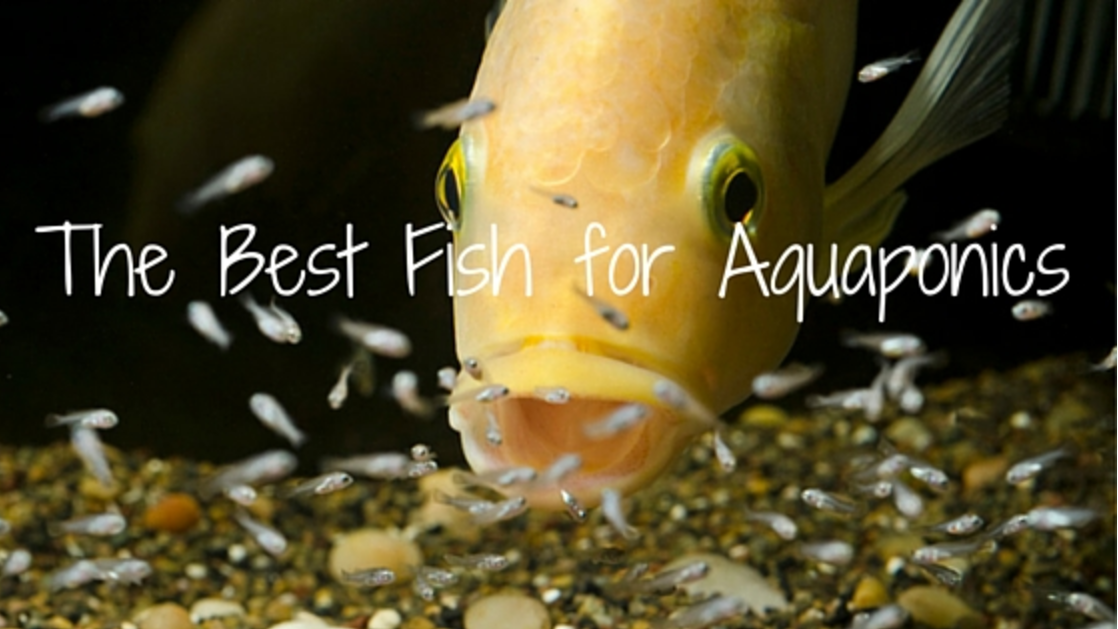
Excited about starting your aquaponics system but not sure which fish to use?
Don’t worry – we’ve got you covered!
Aquaponics is an innovative method of farming which uses fish-waste as a natural fertilizer for plants in a nutrient-rich ecosystem. The plants and nitrifying bacteria remove ammonia and other nitrogenous compounds from the water, making it safe for fish to live in. A wide variety of freshwater, herbivorous, or omnivorous fish can be used in aquaponics. Here we give you our best list of aquaponic fishes based on their sustainability, ease of care, and size of your system.

1. Goldfish
This classic fish is perfect for in-home aquaponics systems for a variety of reasons. They are widely available, produce waste quickly, and are inexpensive which makes them a perfect candidate to start up your ECO-Cycle. Typically, these fish are hardy and can withstand a wide variety of temperatures, but prefer cooler water between 50°-75° F. Goldfish can be a gentle community fish if they are placed with similar sized, non-tropical fish such as Zebra Danios.
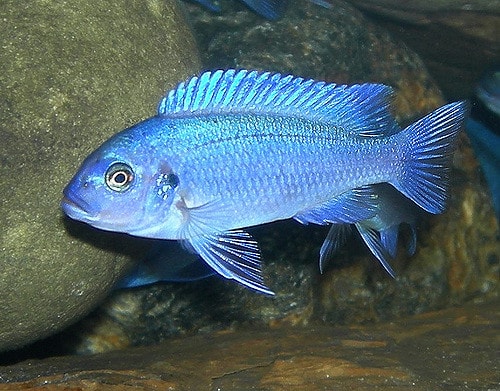 2. Tropical Fish
2. Tropical Fish
Tropical fish are a beautiful and fun option to use in aquaponics! Try suckermouth fish, cichlids, mollies, clown loaches, and tetras. Make sure to place a heater in your tank to keep tropical fish comfortable. The recommended tank size for the Common Suckerfish (Hypostomus plecostomus) is a 150+ gallons, because they can easily grow up to two feet and can become aggressive. For smaller tanks try the Albino Bushynose Pleco (Ancitrus temminkii) who will max out around five inches, while still doing a great job of removing algae.
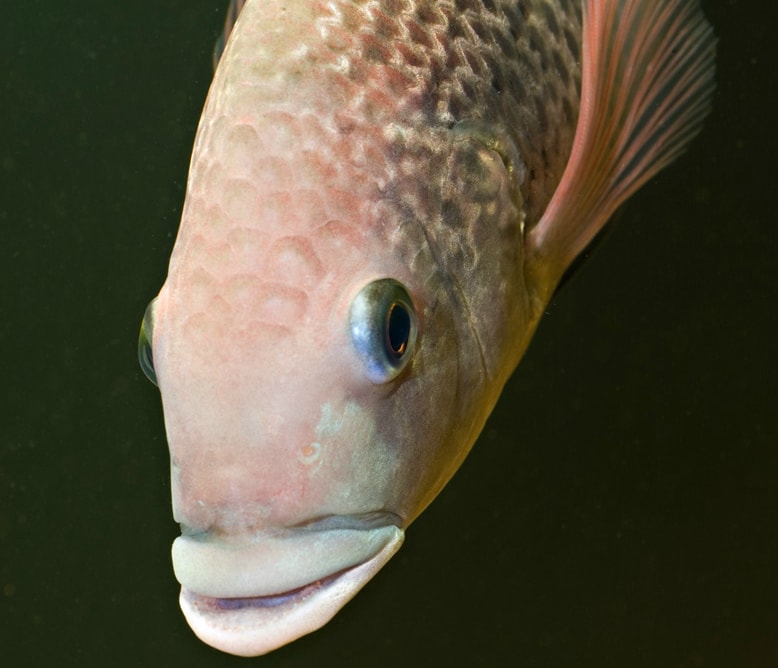 3. Mozambique Tilapia
3. Mozambique Tilapia
Tilapia are best for larger scale systems and very well known in aquaponics. They are easy to breed, grow fast – up to 500g in 6 months, and thrive in warmer water between 65° and 85° F. Tilapia can be harvested to eat and are an excellent source of lean protein. Growing fish that you can consume adds another element to your aquaponics system – fresh fish, fresh produce – all sourced from your own home. Breeding is not difficult and fish can start reproducing at 7-8 months of age. One of the easiest ways of obtaining a pair is to let at least 5-6 fish grow up together and form their own pairs.
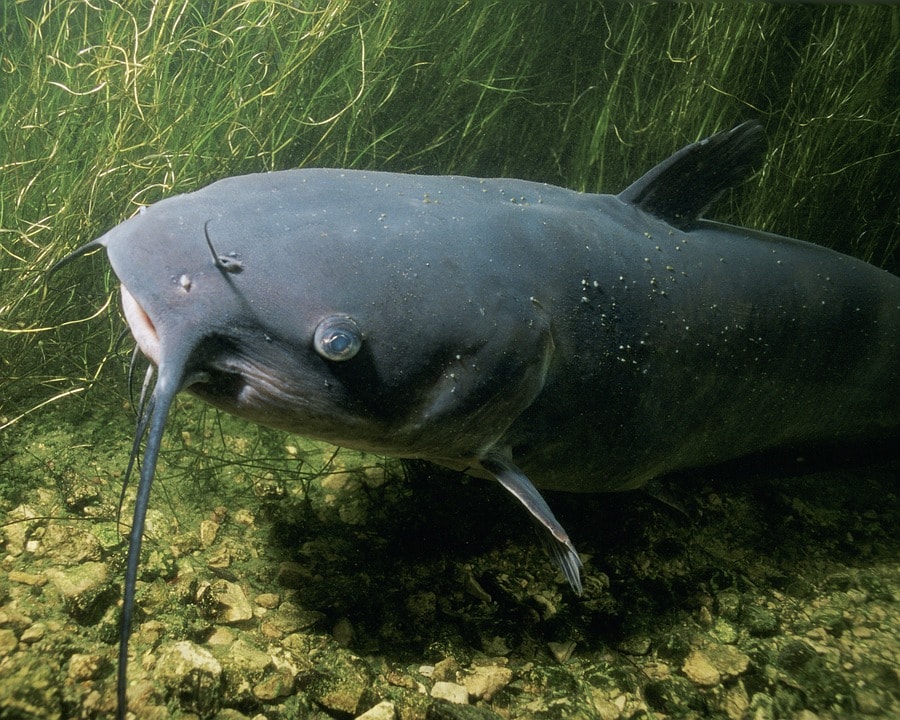 4. Channel Catfish
4. Channel Catfish
Catfish are an ideal option for large scale systems because of their adaptability. They grow very quickly, have a great food conversion ration, and can be harvested to eat.(Bonus! Catfish are rich in Vitamin D) Catfish prefer to live in water 75° – 86° F, but can also tolerate temperatures between 41° – 93°. Typically you want these fish to live in a 250+ gallon fish tank because catfish can grow to a size of 40 – 50 lbs. These fish are resistant to many disease and parasites, plus tolerate a wide swings in pH and temperature.
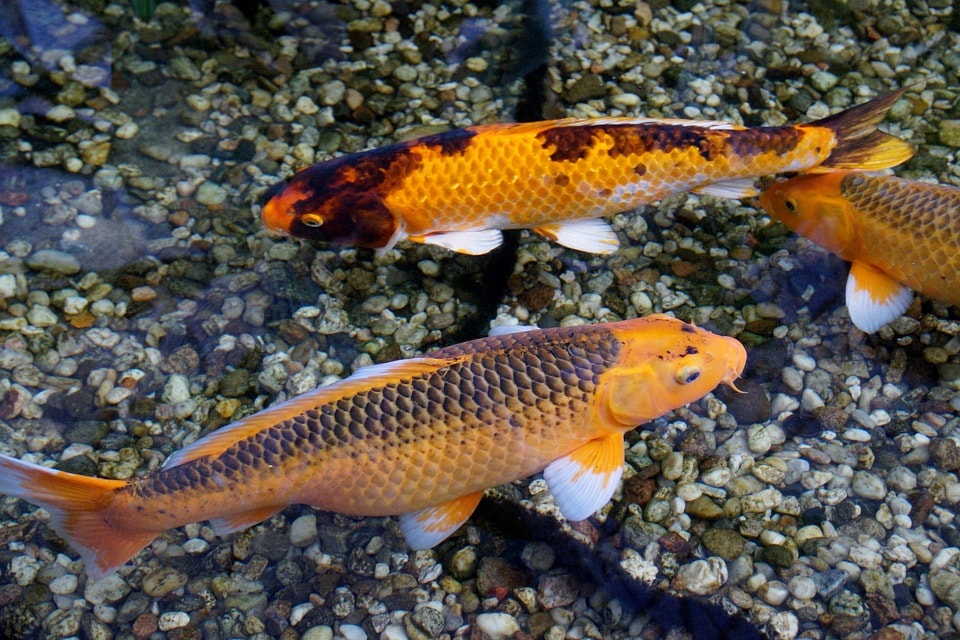 5. Koi
5. Koi
Always a beauty, koi fish thrive in aquaponics systems while adding a pop of color. While these fish are technically edible, they are extremely bony and can be difficult to prepare. Koi can live a long time and are resistant to parasites. Koi fish can withstand a wide pH range and can tolerate temperature from 35° up to 85° F. Since Koi can grow between 12 – 36 inches they are most comfortable in a 200+ gallon tank. Koi ponds can be transformed into beautiful aquaponics systems and improve water quality.
Remember when choosing a fish species for your aquaponics systems, keep in mind the criteria above to give yourself and your fish the best chance of success! Choose the climatic conditions that are similar to your area. A good rule of thumb is the larger the tank, the more room for error.
Handy Aquaponic Tips
- Most aquaponic fish prefer a neutral pH and thrive in consistent water quality. Be mindful when adding water to your system.
- Try using an algae-eating fish to keep your tank and decorations tidy. We also love this magnetic tank cleaner.
- African Dwarf Frogs & aquatic turtles have the ability to thrive in an aquaponics system but they can carry Salmonella, so please do not grow edibles. Try growing non-edible plants like milkweed or ornamentals!
- Feed your fish twice a day! Careful not to overfeed and let food touch the bottom of your tank. Uneaten food interferes with your ECO-Cycle’s water quality and too much will become harmful to fish.
- Quarantine aquatic plants before putting them into your tank – just in case they are carrying snail eggs or other organisms that can cause harm to the ECO-Cycle.
- Fish that are adaptable to temperature change are the best option, and temperature consistency is best for any system.
- Gradually add fish to your system. Adding fish too quickly can spike ammonia levels and become dangerous.
- For more information about adding fish to your tank, watch this video about adding fish to your ECO-Cycle.
Have fun and keep experimenting! Comment below to let us know what you’ve found works best in your system.
Written by ECOLIFE staff and team members
